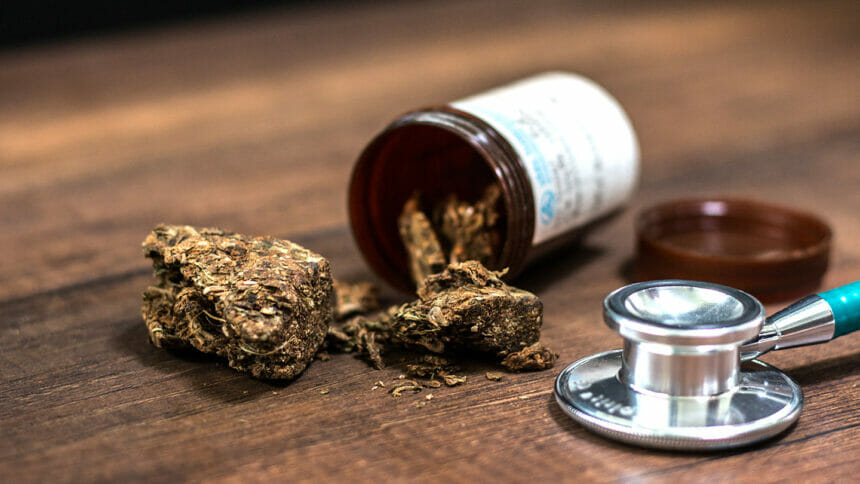
Cannabis use in older adults is on the rise and clinicians should screen for it, according to a new study.
A report on people ages 50 through 80 finds that 12% of older adults say they’ve consumed a substance that contains delta-9-tetrahydrocannabinol (THC) in the past year. Additionally, 4% of people in that age group say they have substances that include THC multiple times a week. THC is the part of the cannabis plant that can affect a person’s mental state.
The new findings were published in Cannabis and Cannabinoids Research last month by a team from the University of Michigan’s Institute for Healthcare Policy and Innovation. Authors of the report said that people taking the products need more education on them, and older adults need to be screened for cannabis-related risks. Many older adults take multiple medications.
“As the stress of the pandemic and the increased legalization of cannabis by states converged, our findings suggest cannabis use increased among older adults nationally. Older adults represent a vulnerable age group for cannabis use due to interactions with medications, risky driving, cannabis-related mental health impacts and increased possibility of falls and memory issues,” Anne Fernandez, PhD, an addiction psychologist in the U-M Addiction Center and Department of Psychiatry, who led the study, said in a statement.
Data in the report came from the National Poll on Healthy Aging. It involved 2,023 older adults, and the study was conducted in January 2021.
In 2019, 9.5% of older adults said they used cannabis in the past year, which is lower than the 12% figure reported in 2021. Another study in 2006 reported that 3% of older adults used it, during a time when only 12 states had passed medical cannabis laws. A 2017 report found that 6% of older adults had used cannabis for medical reasons, the authors reported.
According to the new study, 5% said they use cannabis once a month or less. Additionally, 4% said they use cannabis products four or more times a week. The poll asked about products containing THC, but didn’t differentiate between medical and recreational use of cannabis.





